osteoarthritis
Background
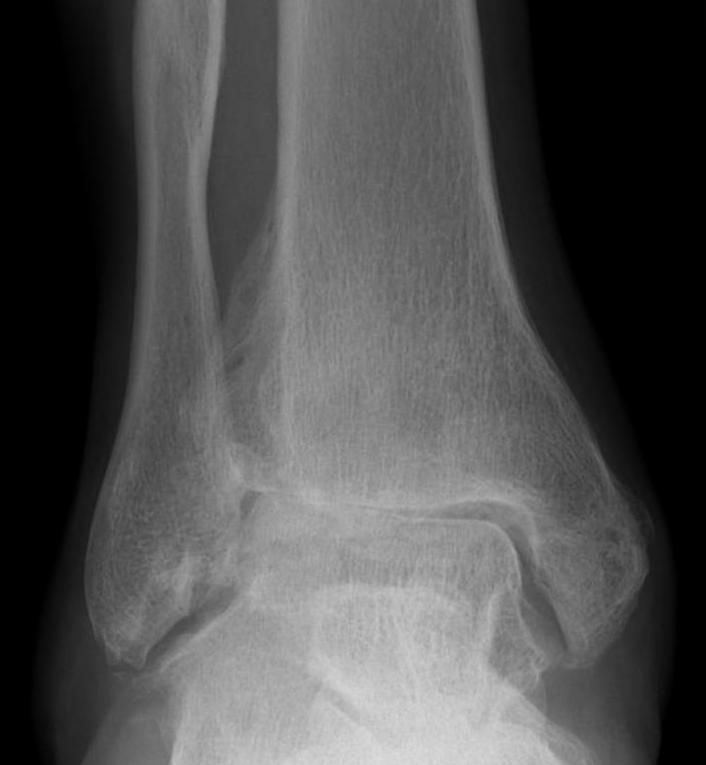
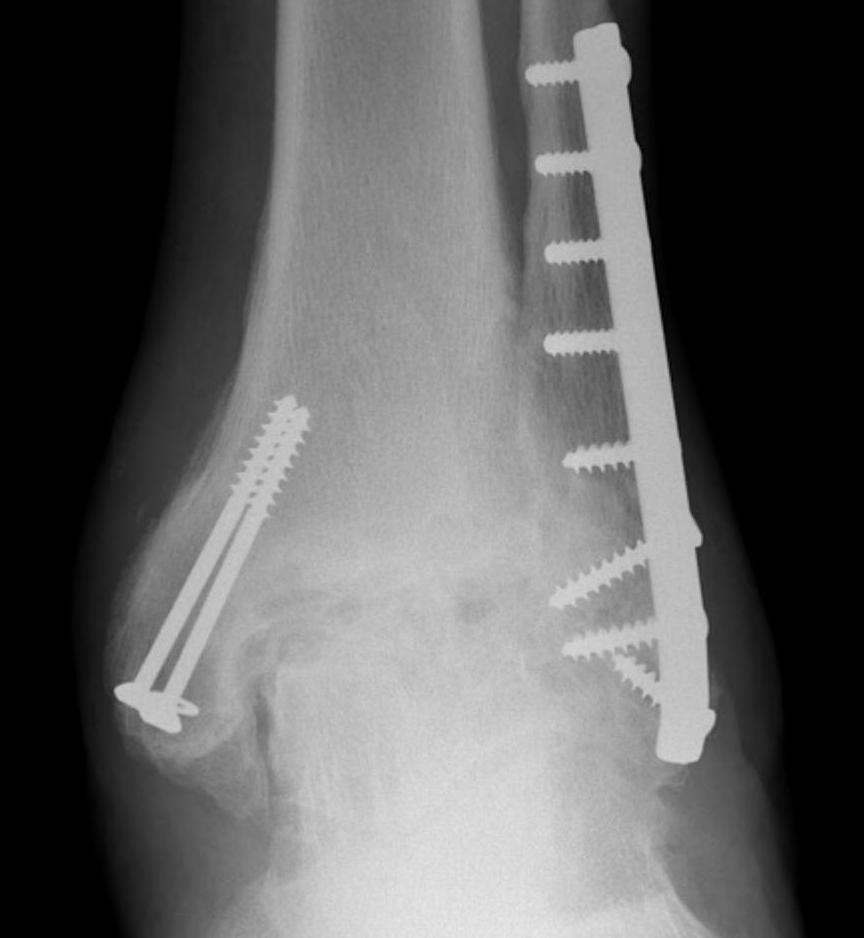
Epidemiology
Much less common than hip and knee OA
Patients tend to be younger
Sternoclavicular Pathology
Condensing Osteitis
Epidemiology
- seen in women over 40
Xray
- sclerotic and overgrown
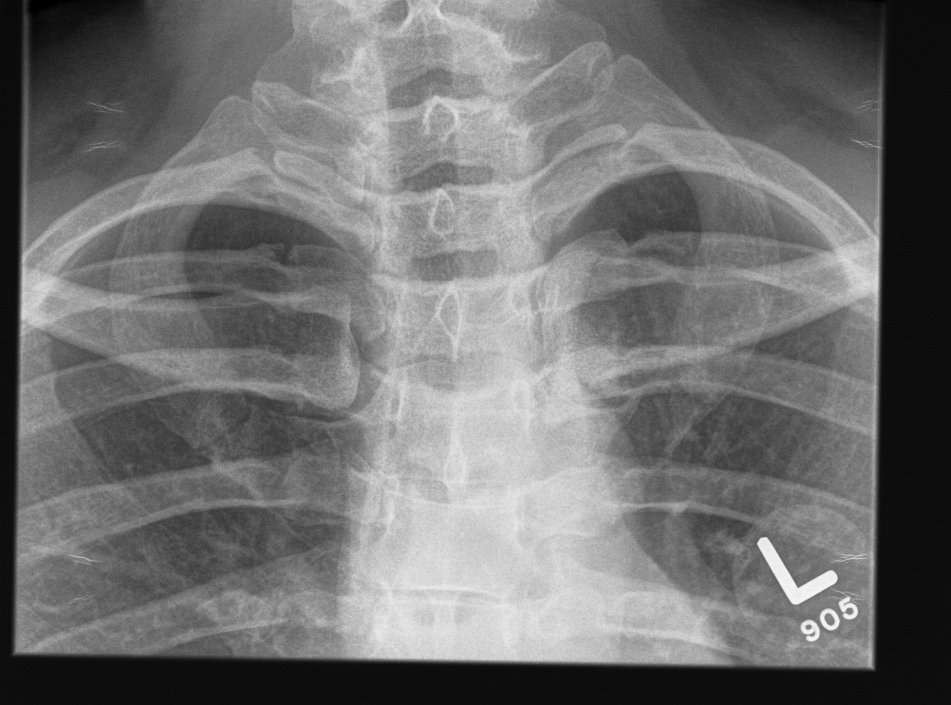
CT
STT OA
Definition
OA of the scapho-trapezium-trapezoidal joints
Epidemiology
50% patients with CMC OA have STT OA
F > M
Xray
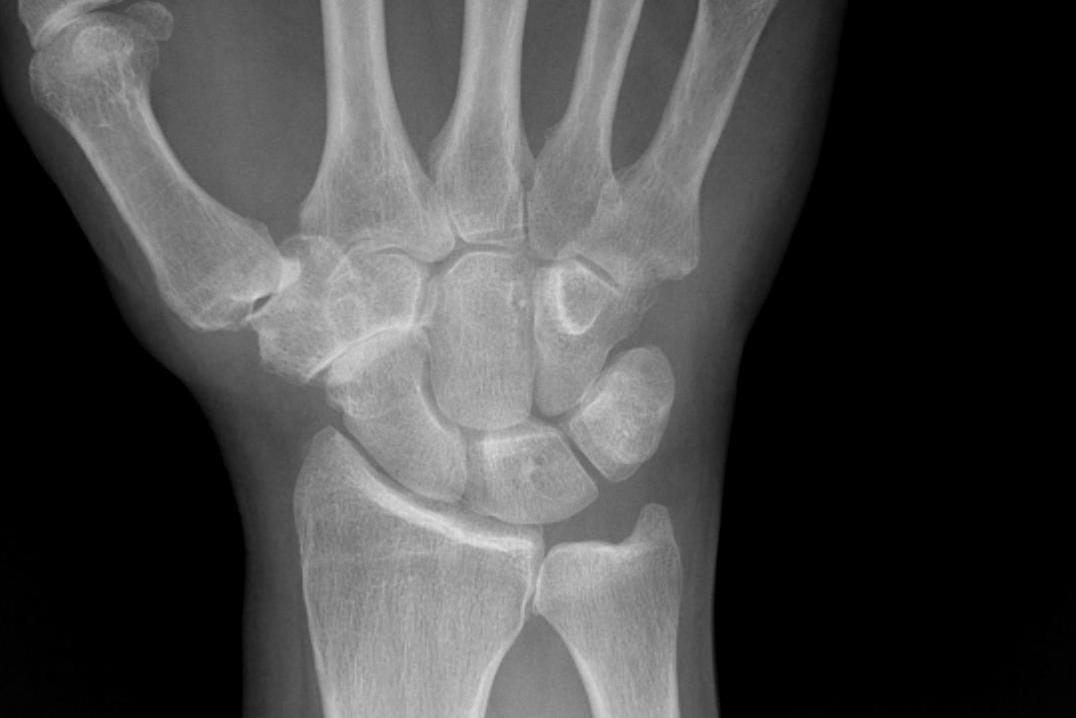
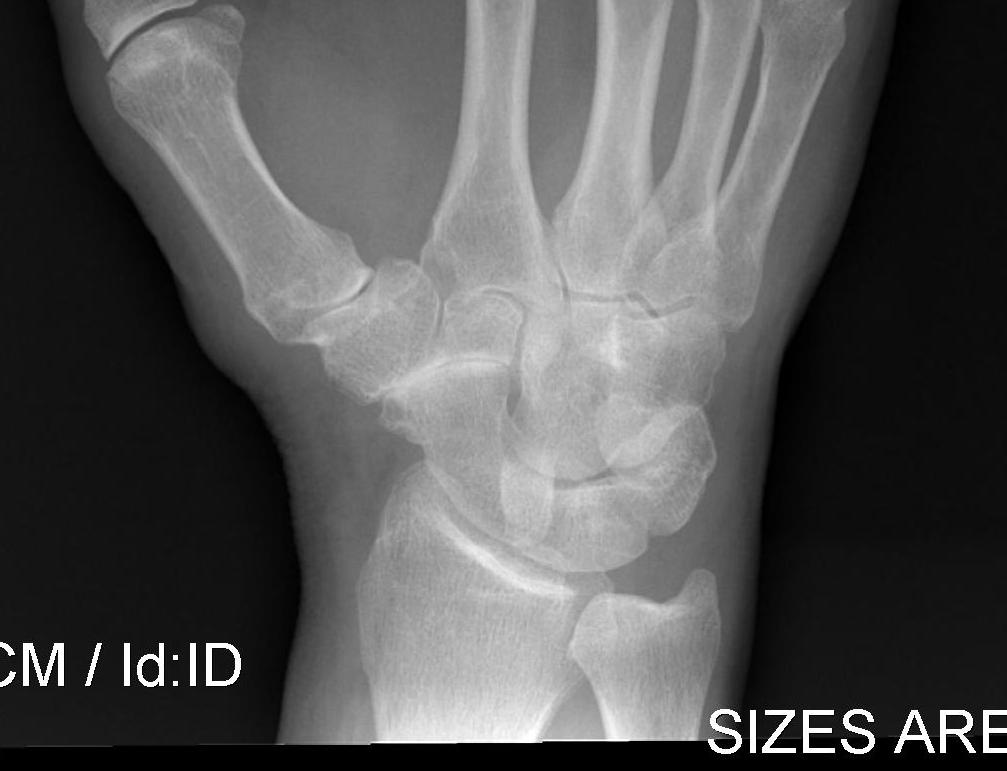
Management
Management Options
Non-operative Management
Natural history
Return to Sport
Shelbourne et al. Am J Sports Med 1999
- 133 patients with isolated PCL injuries followed for mean of 5 years
- 1/2 returned to sport at same level of play
- 1/3 returned to sport at lower level of play
https://pubmed.ncbi.nlm.nih.gov/10352760/
Agolley et al. Bone Joint J 2017
Management
Acute management
Resuscitation
EMST
Neurovascular assessment
Investigations - exclude Pipkin, NOF
Emergent reduction / skeletal stabilisation
Assess stability
Re-evaluate sciatic nerve
Insertion Femoral Steinman Pin
Indications
- displaced acetabular fracture
Tibial Plateau
Schatzker Classification
I. Lateral Spilt
- seen in young patient
- lateral meniscus can be incarcerated in fracture
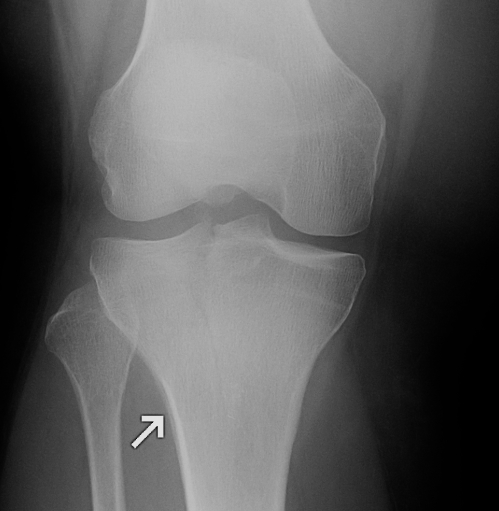
II. Lateral Split Depression
- often seen in young patients with high energy injuries
- vary in severity
Latarjet / Bristow
Bristow
Concept
Non-anatomical bony block
- transfer of coracoid process through subscapularis
- dynamic anteroinferior musculotendinous sling
- provides subscapularis tenodesis
- preventing lower portion from displacing proximally as arm abducted
- when shoulder in vulnerable position abduction and ER
DDx DIPJ OA
DDx
OA
Psoriasis
CREST (scleroderma)
RA (rare form)
Other seronegative arthropathies
Hyperparathyroidism
Reactive arthropathy
Gout
